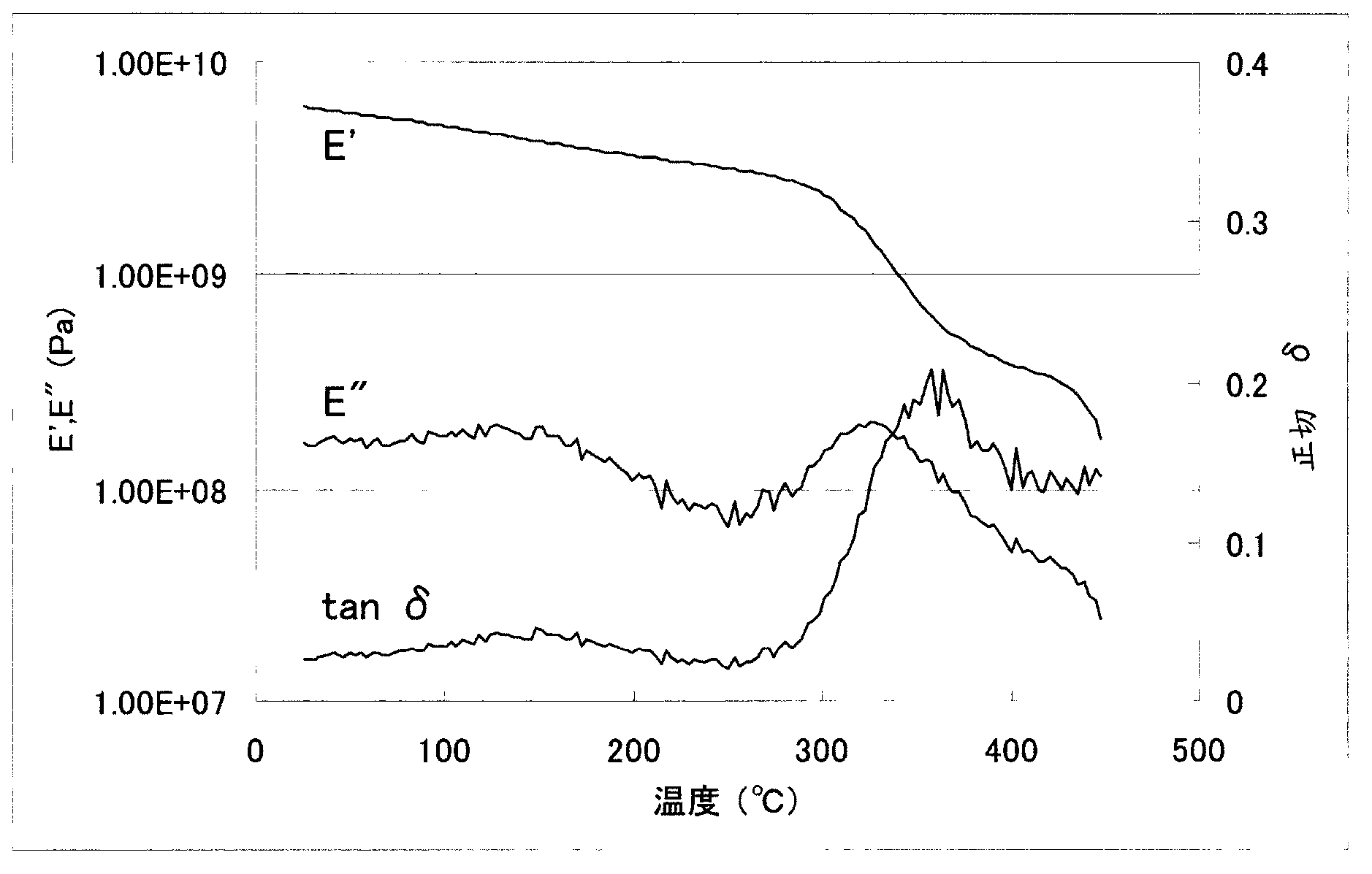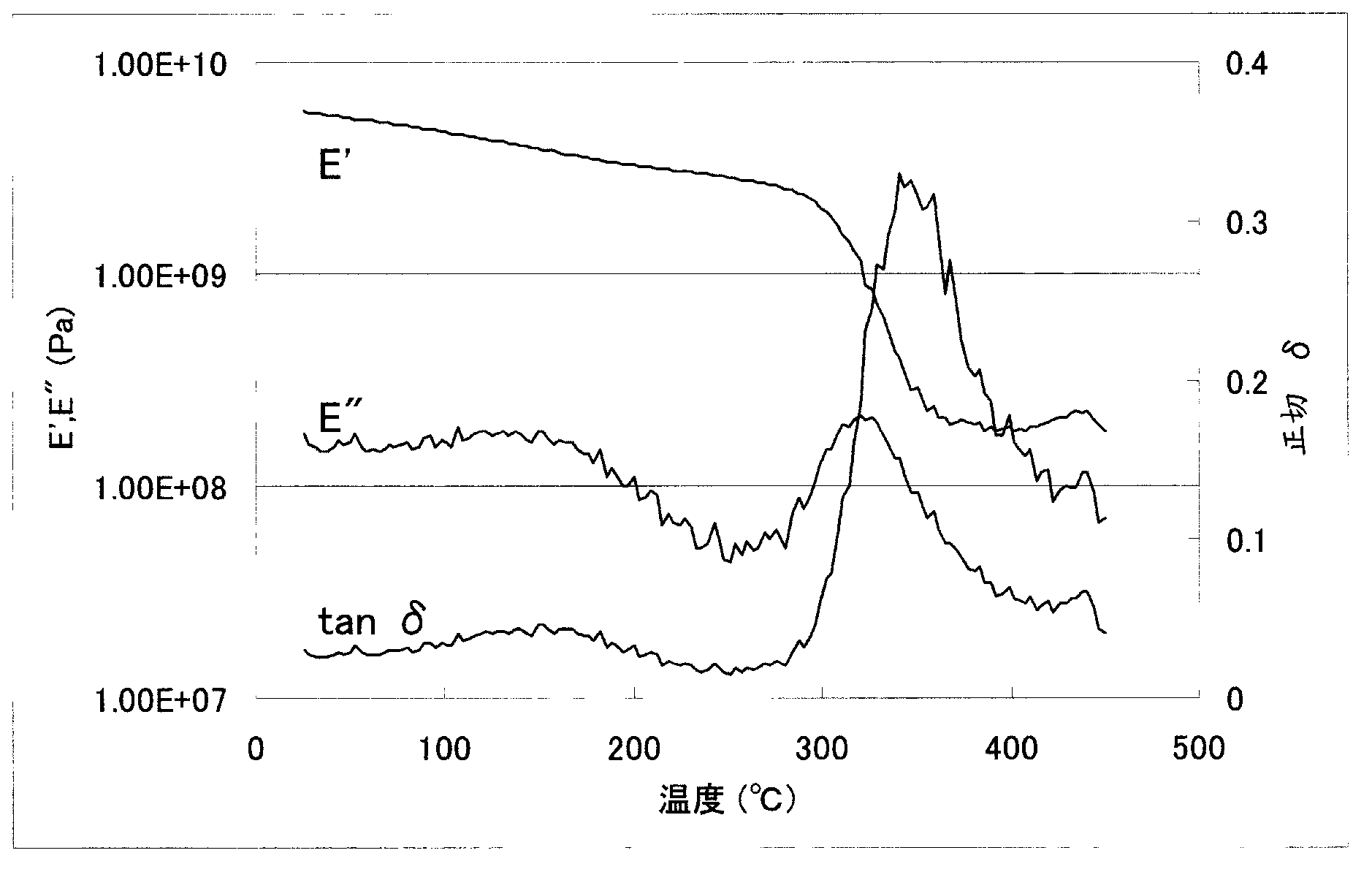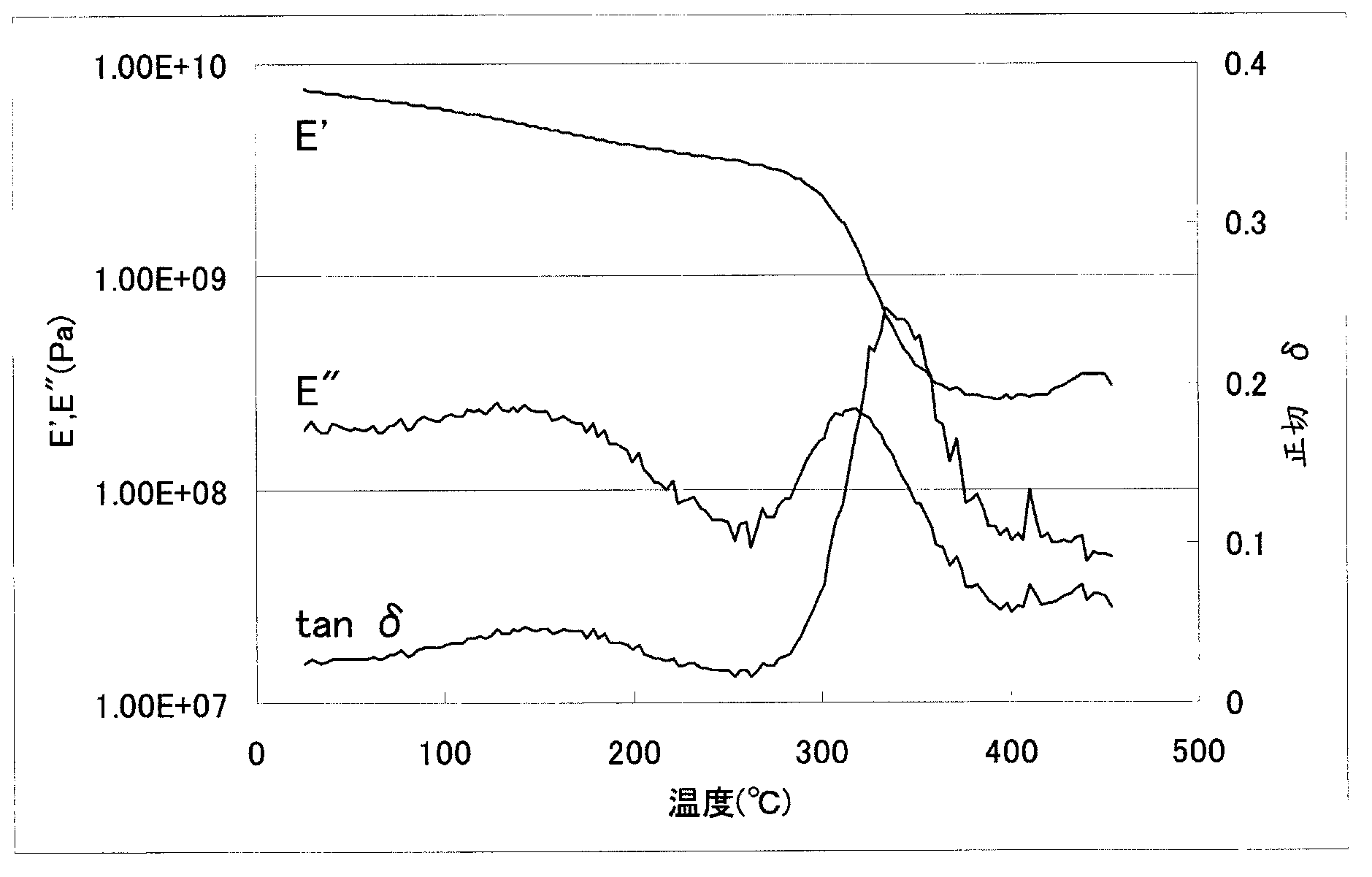Polyimide precursor, polyimide, and materials to be used in producing same
A polyimide precursor, polyimide technology, applied in the field of polyimide, can solve problems such as reducing color, and achieve the effects of high glass transition temperature, excellent transparency, and high heat resistance
- Summary
- Abstract
- Description
- Claims
- Application Information
AI Technical Summary
Problems solved by technology
Method used
Image
Examples
preparation example Construction
[0107] 6. The method for preparing a co-polyimide precursor according to item 5, wherein the solvent used has a purity of 99.8% or higher (purity measured by GC analysis).
[0108] 7. The method for preparing the solution composition of the copolymerization-polyimide precursor described in item 5 or 6, comprising making the tetracarboxylic acid component and the diamine component so that the molar ratio of the excess diamine component react to obtain a polyimide precursor; and in an amount approximately corresponding to the excess molar number of the diamine, further add a carboxylic acid derivative to the obtained polyimide precursor so that the tetracarboxylic acid and the The total molar ratio of the carboxylic acid derivative components is approximately equal to the molar ratio of the diamine components.
[0109] 8. Co-polyimide having a unit structure represented by general formula (A5) and a unit structure represented by general formula (A6):
[0110]
[0111] Among ...
Embodiment
[0586] The present invention will now be described in more detail based on the following Examples and Comparative Examples. However, the present invention is not limited to the following examples.
[0587] >
[0588] In each of the following examples, evaluation was performed based on the following method.
[0589] Evaluation of Polyimide Precursors
[0590] [Solid content of varnish]
[0591] Weigh 1 gram of the polyimide precursor solution and put it into an aluminum dish, and heat it in a hot air circulation box at 200° C. for 2 hours to remove the non-solid content. The solids content of the varnish (residual mass % after heating) was determined from the residual substance.
[0592] [rotational viscosity]
[0593] Polyimide precursor solution at 25°C temperature and 20sec -1 The viscosity at a shear rate of 0 was determined using a TV-22E-type rotational viscometer manufactured by Toki Sangyo Co., Ltd.
[0594] [logarithmic viscosity]
[0595] The logarithmic visco...
Embodiment A1
[0620] In a reaction vessel, 10.82 g (0.0947 mol) of trans-1,4-diaminocyclohexane (hereinafter referred to as t-DACH) was charged and dissolved in 313.0 g of N,N-diaminocyclohexane dehydrated using molecular sieves. Methylacetamide (hereinafter referred to as t-DMAc). To this solution, 26.48g (0.090mol) 3,3',4,4'-biphenyltetracarboxylic dianhydride (hereinafter referred to as s-BPDA) and 1.394g (0.0047mol) 2,3 were gradually added, 3',4'-biphenyltetracarboxylic dianhydride (hereinafter may be referred to as a-BPDA), and the resulting mixture was heated to 120°C. When it was determined that the salt started to dissolve for 5 minutes, the mixture was rapidly cooled to room temperature and maintained at room temperature for 8 hours with stirring, thereby obtaining a uniform and viscous co-polyimide precursor solution composition.
[0621] The obtained polyimide precursor solution composition was applied on a glass substrate by heating at 120°C for 1 hour, at 150°C for 30 minutes...
PUM
| Property | Measurement | Unit |
|---|---|---|
| thickness | aaaaa | aaaaa |
| elastic modulus | aaaaa | aaaaa |
| thickness | aaaaa | aaaaa |
Abstract
Description
Claims
Application Information
 Login to View More
Login to View More - R&D
- Intellectual Property
- Life Sciences
- Materials
- Tech Scout
- Unparalleled Data Quality
- Higher Quality Content
- 60% Fewer Hallucinations
Browse by: Latest US Patents, China's latest patents, Technical Efficacy Thesaurus, Application Domain, Technology Topic, Popular Technical Reports.
© 2025 PatSnap. All rights reserved.Legal|Privacy policy|Modern Slavery Act Transparency Statement|Sitemap|About US| Contact US: help@patsnap.com



